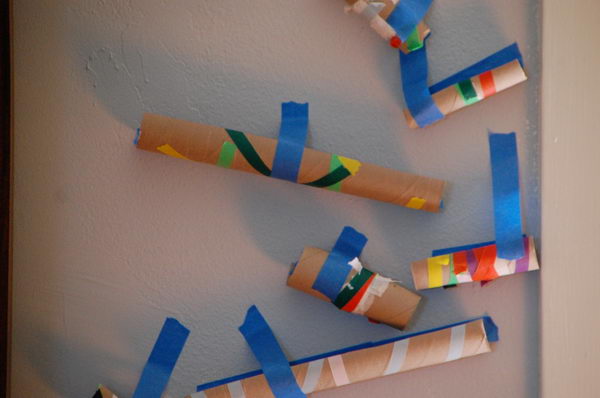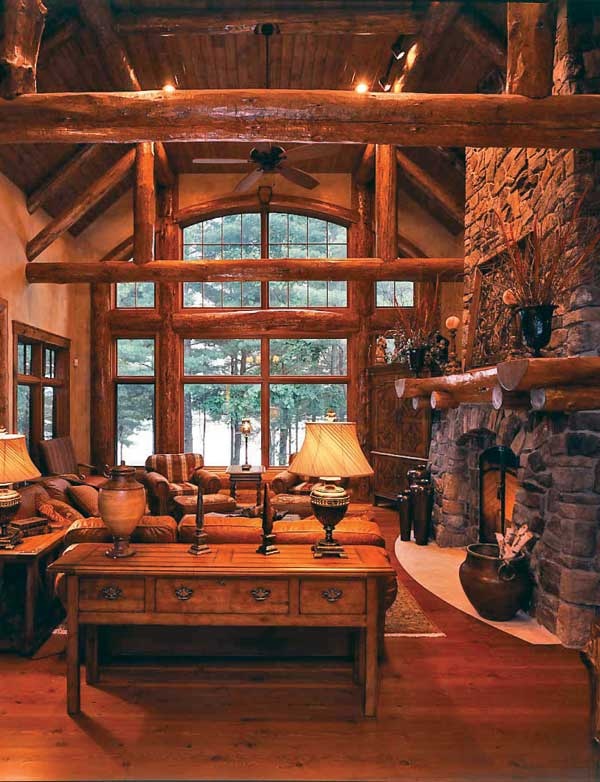Table of Content
Timeless Tools offers a complete line of timbering and log-building implements. The company specializes in rounding up and reconditioning older tools, but also handles a respected contemporary line. In single-story log structures without lofts, the ceiling joists were sandwiched between the top wall logs and the plates. When it came time to raise a log, the skids were leaned up against the side of the wall and positioned parallel and near opposite ends of the wall.
You can also look into installing drywall in the interior for more insulation, but it’s not totally necessary. If you’re working with an experienced builder, they’ll probably know this already, but it’s always good to keep in mind. Log homes can easily cost upwards of $30,000, and it’s best to be prepared for the bill. Set aside your money and try to stick to your budget as much as you can to avoid overspending and going into debt.
Log in
You can speak first hand with builders and homeowners, as well as designers, sometimes seeing homes in progress, saving you big bucks. We are a debt free company, both our mill , and our log home company (Lazarus, Inc., DBA Lazarus Log Homes). We are one of the fastest growing log home companies in the US, and with our efficient design to build and wholesale to the public approach, are leading the industry. We are not too large so we still do one home at a time, custom to each customer. Written for the layman, this is the fully revised and updated guide for individuals and businesses interested in generating their own electricity using the sun. Overall, building with logs is one of the easiest, most satisfying, aesthetic, and least expensive ways for owner–builders to put a roof over their stead.
In line with the mantra of “reduce, reuse and recycle”, used pallets are a good source of wood if you have access to them in sufficient quantity. They may not provide sufficient insulation in very cold areas but for mild climates they are useful. If you have friends who know something about tree felling spend time with them getting practical experience – it will be worth it.
What You Need to Know Before Building a Log Cabin
Felling in early winter also means the ground will be drier and harder for hauling logs out and you won’t be sloshing around in summer rain and mud. If, for example you have planned a 12-foot by 12-foot space, find a room in a home approximately the same size and gauge whether you would be comfortable in that space. Wood choices, such as cedar, cabin size and usage are all things to consider prior to building. Heating, air-conditioning and ventilationsystems are similarly installed in interior walls for the most part.
Harvest timber from your own property, then create DIY a dovetail jog and you’ll be able to cut logs that will fit perfectly together like a jigsaw puzzle. Cut down the trees on your own land and use them to build this lovely wood cabin. Nothing from the tree goes to waste when building an Alaska style cabin. Individual logsmiths create distinctive touches--wood trusses, doors, etc.--that identify their work.
DOOR AND WINDOW OPENINGS
You really can’t go with any more than 2 inches of taper on a 16 -foot log or you’ll run into problems that chinking won’t even solve. A hand drill and a 20-inch drill bit so you can pin the logs together at the corners if you choose to build that way. For the pioneers, building a log cabin was not just a cool project that you took on for the fun of it. You had to know how to build your own home because there was no one else to build it for you. Two out of every four inquires we receive from prospective clients asks us “how much to build…”.
Once found, however, they drop right into place with no cutting required. Notches are scribed into logs and join the corners of your log home. Start by reading log cabin notches for beginners, before choosing the notch for your cabin. Before you start to lay your logs you need to decide upon what notching system you will use to construct your log cabin corners.
Even if you buy your timbers milled and ready to notch, you’ll find that a chain saw is a real time-saver for cutting those notches, as well as for expediting numerous other construction chores. And if you plan to harvest your own logs, you’ll need a muscular chain saw and the knowledge to use it safely and maintain it. Unless you plan to build with an extremely soft and rot-prone wood , there’s really no need to apply a preservative.
Your logs may have collected dirt from your construction site, or haulage, so the first activity is to clean the logs. If you do opt to use a traditional saddle notch, when scribing ensure you use a downwards facing notch in high rainfall areas. Finally, plank the floor, at right angles, to finish the floor. Ensure the notch is the same width as your floor joist so you can create snug friction fit with the floor joist. So, you’ve probably spent what feels like a long time and not seen much visible progress… lots of planning, preparation and groundwork.
Now turn the square around, hang it from the opposite side of the log, and make a second mark at the same (6″) line on the square. The midpoint between these two marks is the vertical center of the log. In the formula, we’ll let H represent height, C represent the width of the chinking gap, and R represent rise; we’ll be solving for the common notch depth, which we’ll call D.

Ideas that improve our log home designs, our log home construction methods, and log home or cabin costs on the bottom line, are rewarded monetarily. We have a 30 page full color construction guide that will walk a novice or veteran log home builder through the build with the fastest, strongest, and easiest methods found. Our log home construction guide is the best in the industry. It is full color, 3D images, photos, drawings, and features easy to follow directions whether you have never built a home, or you have built many log home kits or complete log home packages. We have had engineers tell us they have never seen anything like it. At an international log home show, our competitors , tried to steal it out of our booth!
Now hold a level vertically against the inside face of the log to check for plumb. If necessary, run a sharp handsaw (with well-set teeth) through the joint where the inside face of the log meets the shoulder of the upper notch of the log below. Sometimes two or three passes with the handsaw will be needed to achieve a perfect fit. Hook the framing square over the squared end of the log and make a mark 9 inches in from the end, since we’re working with a hypothetical 6 inch-thick log. This 9 inches represents the 6 inch notch length plus a 3 inch extension beyond the notch.
Our package cost for a dried in shell would usually cost around 40% of these total costs with the balance set aside for local labor and materials. We have been recognized by radio, newspapers, magazines, television, and professional organizations across this country. We have enjoyed acclaim for projects ranging from simple, tasteful cabins and guest houses… to multi million dollar log and timber home compounds… to stunning restaurants and lodges… to complex multi-unit commercial projects. But most important, we have been recognized by thousands of loyal customers — and we thank them. The process of engineering, CAD/CAM modeling, crafting, delivering, erecting, and constructing one of these wondrous buildings is not easy.
So, we are not talking about building a home by today’s standards, where homes average several thousand square feet. One of the biggest and most costly aspects of building a home is making changes to the design after the plans have been finalized or construction has already started. This is why we have a team of professional designers who work with you to discuss your plans and provide you with 3D renderings so you can get a sense of the layout and flow before construction starts. We all like to enjoy the finer things in life, but sometimes that comes at a higher price.

Termite Protection.Termite infestation is no more of a problem for log homes than for homes built of brick, block or wood frame. After excavations are complete and before any concrete is poured, the ground around the home must be chemically treated to protect the structure from termites. Footings and foundations for a log home closely resemble those needed for brick, block or frame homes. It surprises many people to learn that the type of soil under the home is more of a factor in determining the size and type of footings and foundation than the weight of the home.

No comments:
Post a Comment